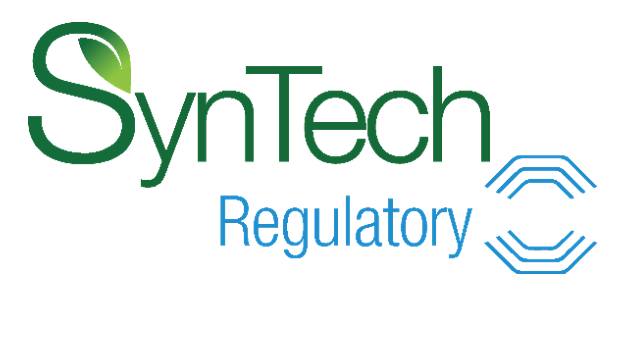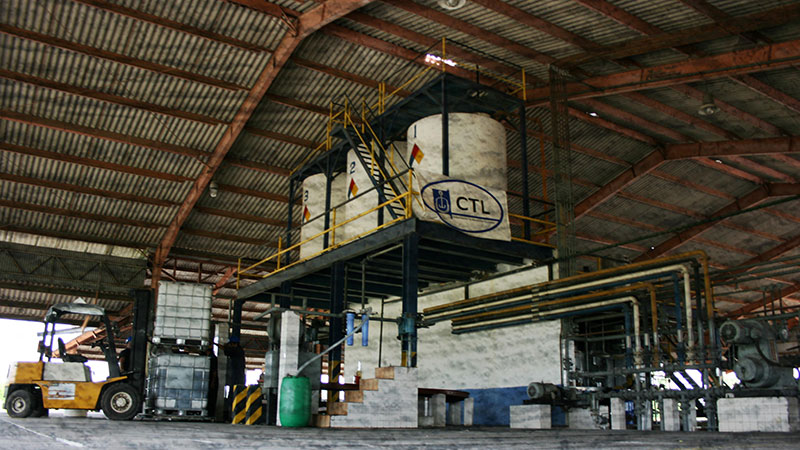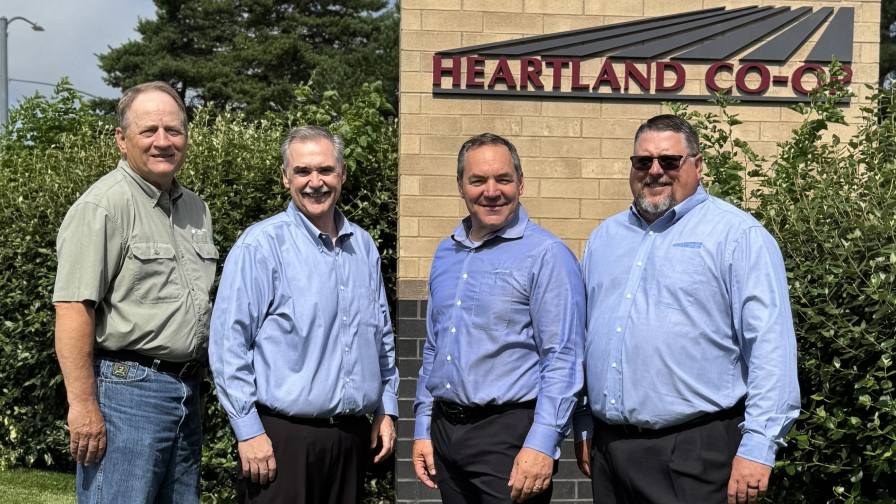TPP Rules Change Value on Formulated Pesticides
As many of you know, the TPP negotiations between the USA, Australia, Japan, New Zealand, Brunei, Vietnam, Malaysia, Canada, Mexico, Singapore, Chile and Peru were concluded late last year. Once enacted into law, this will be one of the largest free trade areas in the world. About 40% of world trade is represented by these 12 countries. In addition, the agreement was designed to allow other nations to join. Therefore, over time, you can expect the list of participating countries to grow. One of the confusing facts about this deal is that all existing FTA’s between the participants remain in full force.
Underlying all of the USA’s existing free trade agreements are very rigorous rules of origin. This is especially true in tariff section 3808, which is where all formulated agrochemicals are traded worldwide. For the most part, they require a formulated pesticide to contain 50% by weight of the active ingredient(s) to be of territorial origin. Meeting this requirement is very important if an importer wishes to take advantage of beneficial tariff rates only available for originating products. In the case of the TPP, as all other US free trade agreements, all tariffs will eventually be zero for trade between all 12 parties.
The TPP establishes a new, easier to meet value content test for materials classified in 3808 to be considered territorial. As an alternative to the 50% by weight rule, as well as any rule that is noted in an existing free trade agreement, if a material has a minimum value content of territorial ingredients of 35% by the build-up method or 45% by the build-down method, it will be considered as territorial.
The calculation is prepared as follows:
Build-down method: RVC = (VG-VNM x 100) ÷ VG
Build-up method: RVC = (VOM x 100) ÷ VG
RVC = Regional Value Content; VG = Value of the Good; VNM = Value of Non-Originating Materials; VOM = Value of Originating Materials
As usual with a government agreement, there is some fine print as to how VNM and VOM are calculated. However, it is important that companies that trade agrochemicals internationally between any of these countries understand this change, which will cause more of such shipments to be considered territorial than under the USA existing free trade agreements with Canada, Mexico, Australia, Singapore, Chile and Peru.
This rule may also have an impact on other bilateral free trade agreements between these partner countries, such as the Australia/New Zealand free trade agreement.
Also, unlike NAFTA, there are no restrictions on duty drawback or the use of free trade zones in the TPP. Therefore, it will be possible to claim duty drawback on exported products and it will be possible to manufacture materials for direct export from inside a free trade zone and still claim territorial preferences.
Notable exceptions to these rules include:
- NAFTA RVC of between 50% and 80% depending on the particulars.
- Singapore RVC of 40% by weight minimum for herbicides, RVC 100% for active ingredients for insecticides and fungicides.
- Chile: RVC – 35% build-up, 45% build-down rule for insecticides & fungicides, herbicides 40% by weight minimum RVC.
Contact Jim DeLisi at [email protected] for more information on TPP and data analysis surrounding AI imports and exports. Fanwood Chemical provides technical marketing, direct sales, manufacturing and regulatory services.






